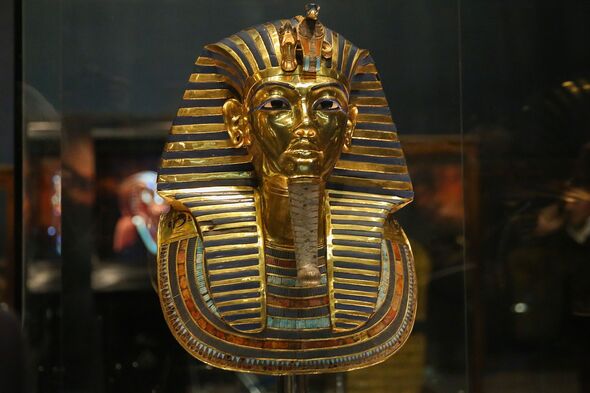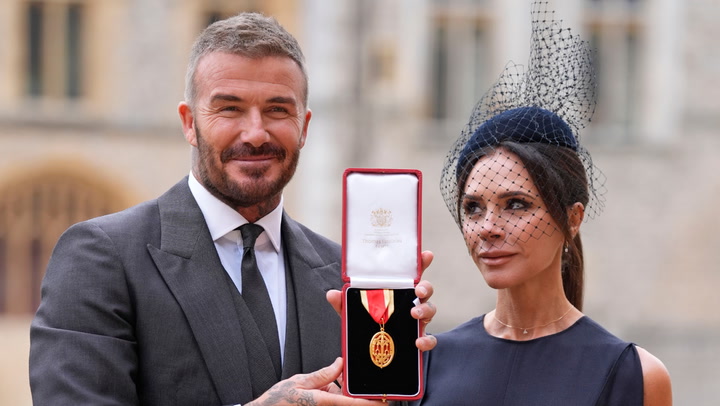The Grand Egyptian Museum (GEM) has unveiled an extensive exhibition showcasing the complete contents of Pharaoh Tutankhamun’s tomb for the first time since its discovery by British Egyptologist Howard Carter in 1922. This landmark exhibition features approximately 5,500 items, including Tutankhamun’s iconic gold mask, throne, and chariots, marking a significant addition to the museum which is described as the largest archaeological museum in the world.
Dr. Tarek Tawfik, the former head of the GEM, noted that previously only around 1,800 artefacts from the tomb were accessible to the public. He emphasized the importance of providing visitors with a complete experience, akin to what Carter witnessed over a century ago. The exhibition promises to be a major attraction, drawing attention from both domestic and international audiences.
Highlights of the Exhibition
In addition to the treasures of Tutankhamun, the museum will also display a 4,500-year-old funerary boat belonging to Khufu, one of the oldest and best-preserved vessels from antiquity. Ahmed Seddik, an Egyptologist and guide, expressed excitement about the exhibition, stating, “Now it will be at the pinnacle of its glory. When the Tutankhamun collection opens, the whole world will come back, because this is an iconic Pharaoh, the most famous king of all antiquity.”
The GEM, which houses around 100,000 artefacts spanning from pre-dynastic times to the Greek and Roman periods, is projected to attract up to 8 million visitors annually, significantly boosting Egypt’s tourism sector. Among other notable items on display are a 3,200-year-old obelisk of Ramesses II and his majestic 11-meter-high statue. Visitors can enjoy views of the Giza pyramids from the museum’s upper floor, which features a grand staircase adorned with statues of ancient kings and queens.
Calls for the Return of Antiquities
The opening of the GEM has reignited discussions surrounding the repatriation of key antiquities to Egypt. Prominent Egyptologists argue that the museum strengthens claims for the return of significant artefacts such as the Rosetta Stone, currently housed at the British Museum. Dr. Zahi Hawass, Egypt’s former minister of tourism and antiquities, emphasized the need for museums to cease acquiring stolen artefacts while calling for the return of three specific items: the Rosetta Stone, the Zodiac from the Louvre, and the Bust of Nefertiti from Berlin.
Dr. Hawass has initiated online petitions advocating for these returns, which have garnered hundreds of thousands of signatures. As the GEM opens its doors to the world, it not only celebrates Egypt’s rich history but also serves as a platform for ongoing dialogues about cultural heritage and its rightful home.







